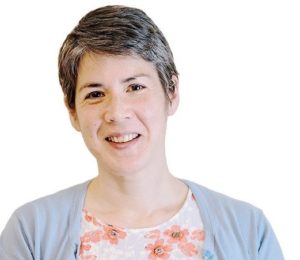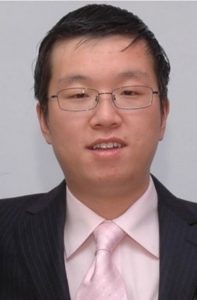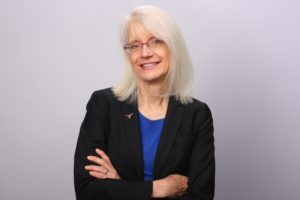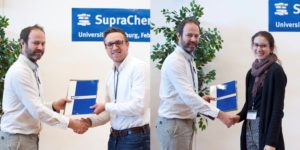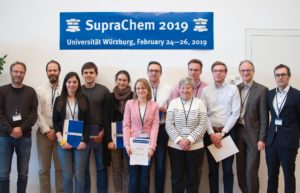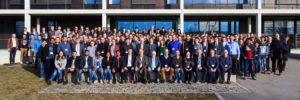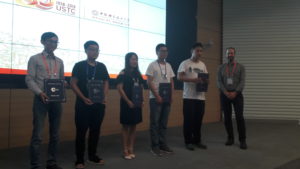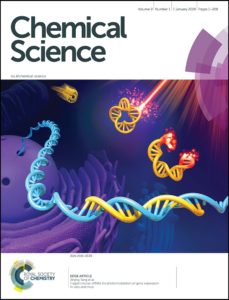To further thank and recognise the support from our excellent reviewer community, we are highlighting reviewers who have provided exceptional support to the journal over the past year.
This month, we’ll be highlighting Christine Luscombe, Peng Yang, Shigeyoshi Inoue and Jennifer Brodbelt. We asked our reviewers a few questions about what they enjoy about reviewing, and their thoughts on how to provide a useful review.
What encouraged you to review for Chemical Science?
Jennifer Brodbelt: Chemical Science has a broad readership and covers a diverse range of topics. This contributes to its high impact factor and makes it a must-read journal. Serving as a reviewer is a natural part of the whole publishing process, and it is just as important to review manuscripts as it is to submit excellent manuscripts to keep the entire cycle strong.
Christine Luscombe: I am big supporter of society journals and I am also a stronger believer in trying to give back to the community. Additionally, Chemical Science is a top tier journal, so I see it as a privilege to be able to be part of the publication process.
What do you enjoy most about reviewing?
Shigeyoshi Inoue: By reviewing papers, I will always be able to read and learn from the latest results and may even be able to contribute to the paper in some way.
Peng Yang: I can learn from other scientists with a new point of view. The reviewing process is also an evaluation of myself and helps to improve my own work.
What makes a paper truly stand out for you when you are reviewing?
Shigeyoshi Inoue: Of course, the quality of the reported results and great research ideas are important. However, I personally like papers that contain a simple and readable introduction and a conclusion that reflects well on the results obtained.
Jennifer Brodbelt: I definitely appreciate good quality figures. Good figures can capture the whole story.
What would you recommend to new reviewers to ensure their report is helpful?
Peng Yang: Evaluate papers from a scientific perspective and guide authors to do more innovative research rather than simply following others. Guide the authors to do more research on basic mechanism studies and more real or close-to-real applications, instead of only proof-of-concept showcases.
What has been your biggest learning point from reviewing?
Christine Luscombe: To treat people with respect and remember that there is someone who spent months/years collecting the data that went into writing the paper. We owe it to them to be careful as possible in our reviewing process.
Tune in next month to meet our next group of #ChemSciReviewers!
If you want to learn more about how we support our reviewers, check out our Reviewer Hub.
Interested in joining our ever-growing reviewer community? Send us your CV and a completed Reviewer Application Form to becomeareviewer@rsc.org.


